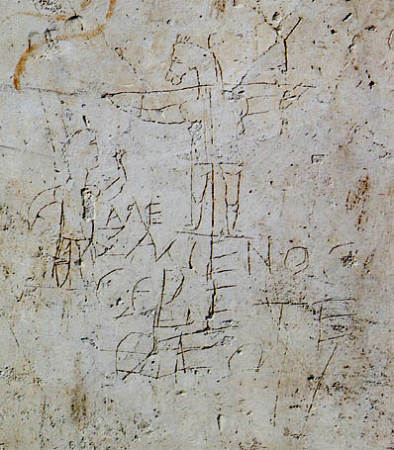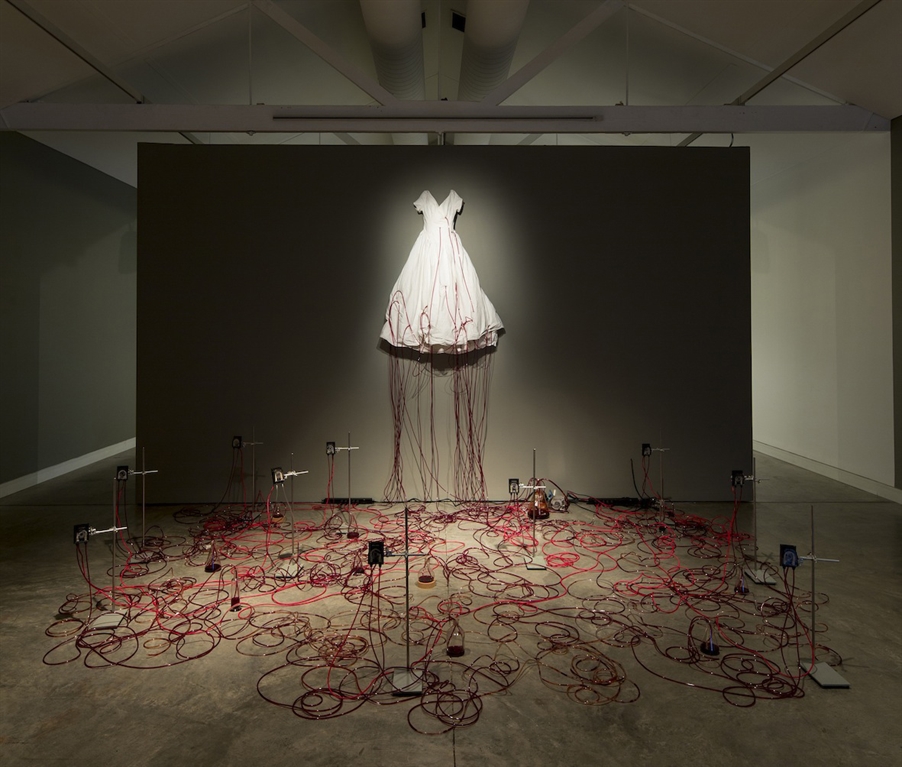Roman Graffiti and the Evidence For the Depiction of Crucifixion in Late Antiquity
Felicity Harley-McGowan

The infamous ‘Alexamenos’ graffito, depicting a young man saluting a donkey-headed figure tied to a cross, is often treated as the earliest representation of a crucified figure in antiquity. Excavated on the Palatine hill in Rome, it is usually dated to the early third century CE. This paper will discuss a second piece of evidence that may pre-date the Palatine image by roughly a century: a graffito excavated in Puteoli, Italy, which depicts a human figure tied to a cross. The style of painting on the wall into which it was scratched, and the content of the Greek and Latin inscriptions with which the graffito appears, mean the image and an accompanying inscription are dated to the beginning of the second century CE. With reference both to contemporary literary descriptions and to later visual evidence for the appearance of a human figure flayed, this paper will argue that the image depicts an eye-witness account of a human victim having been tied to a cross and tortured. As such, it preserves critical evidence both for the practice of crucifixion in the first centuries CE, and for the gradual development of an iconography for the depiction of a crucified victim in Roman and subsequently early Christian art.
Date: 1-2pm, Tuesday, 26 March
Venue: Alan Gilbert Building, Theatre 3, University of Melbourne, Parkville
Enquiries: Frederik J. Vervaet fvervaet@unimelb.edu.au




